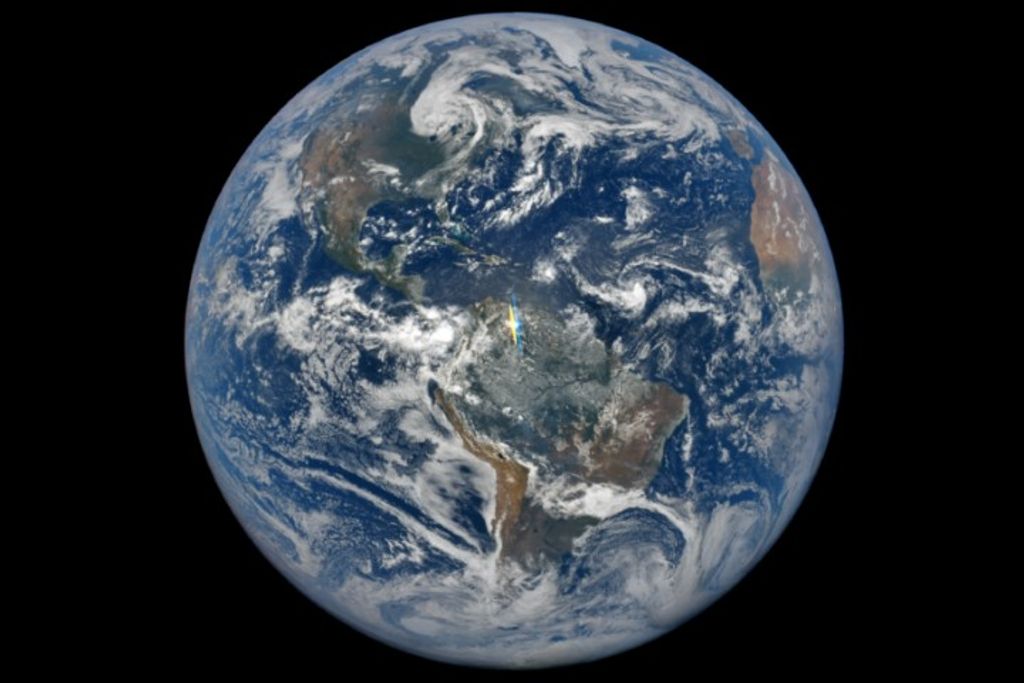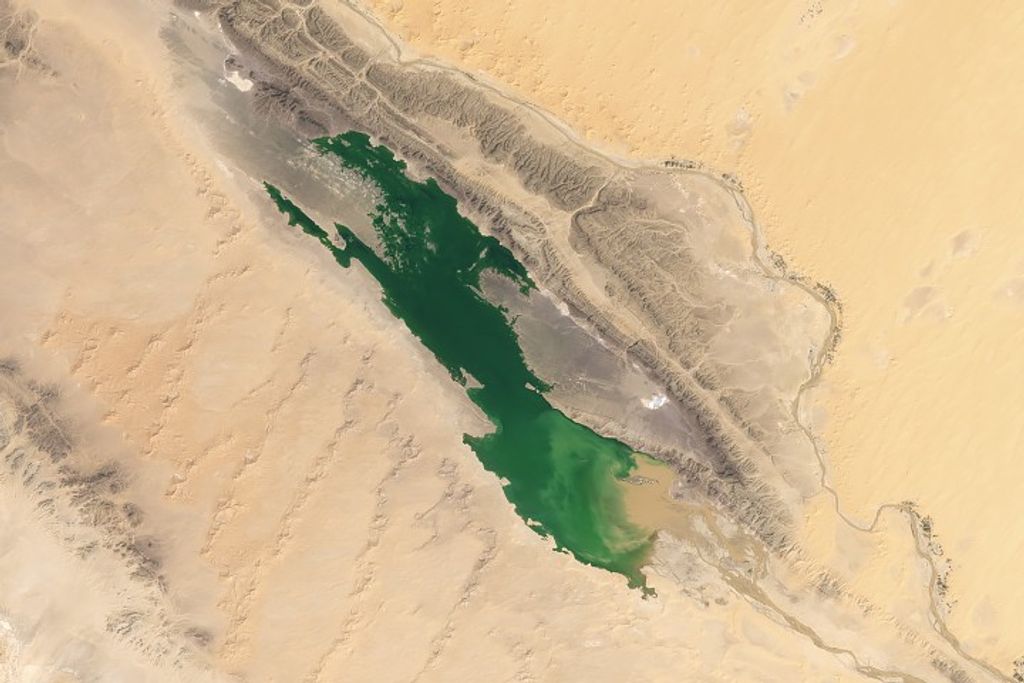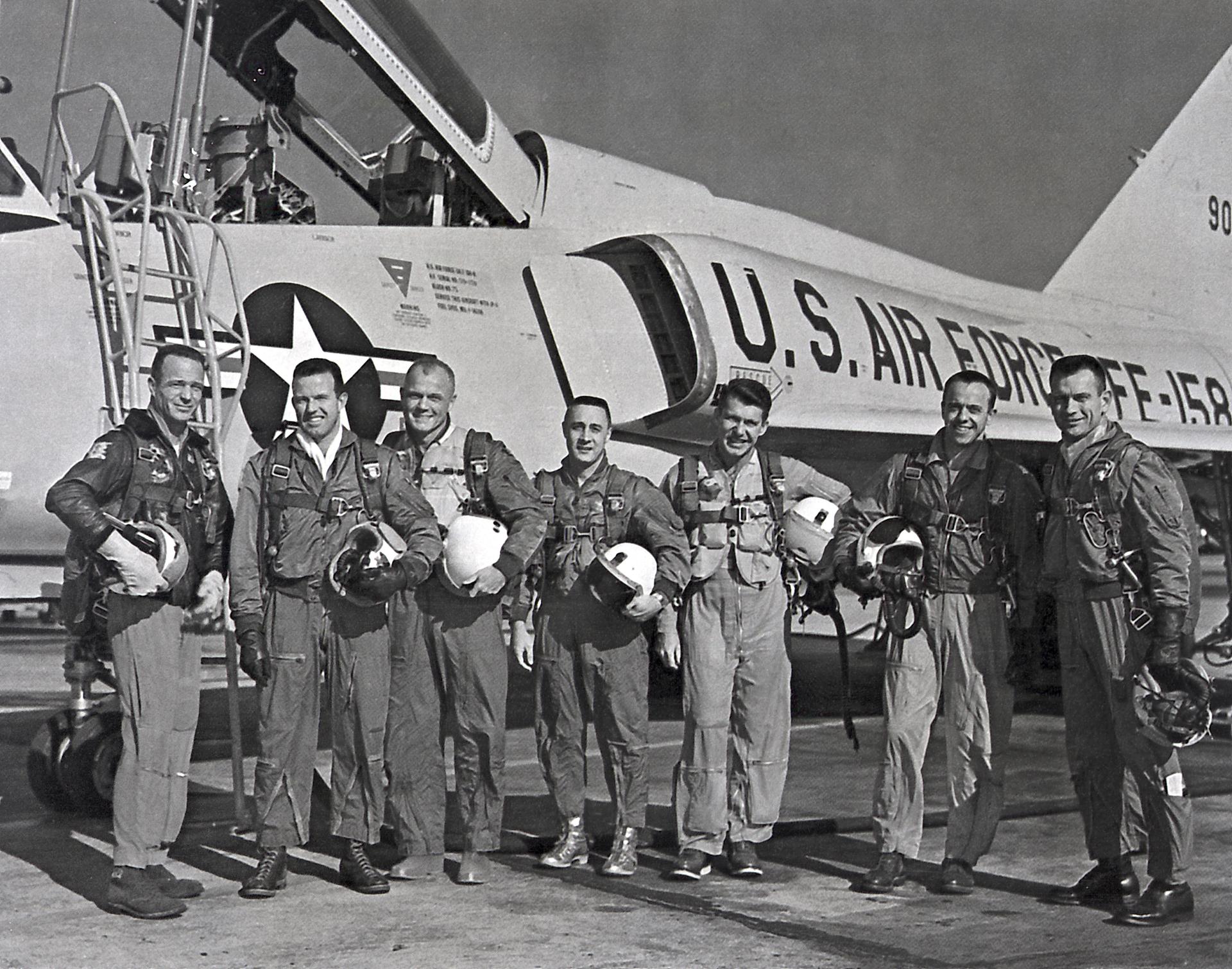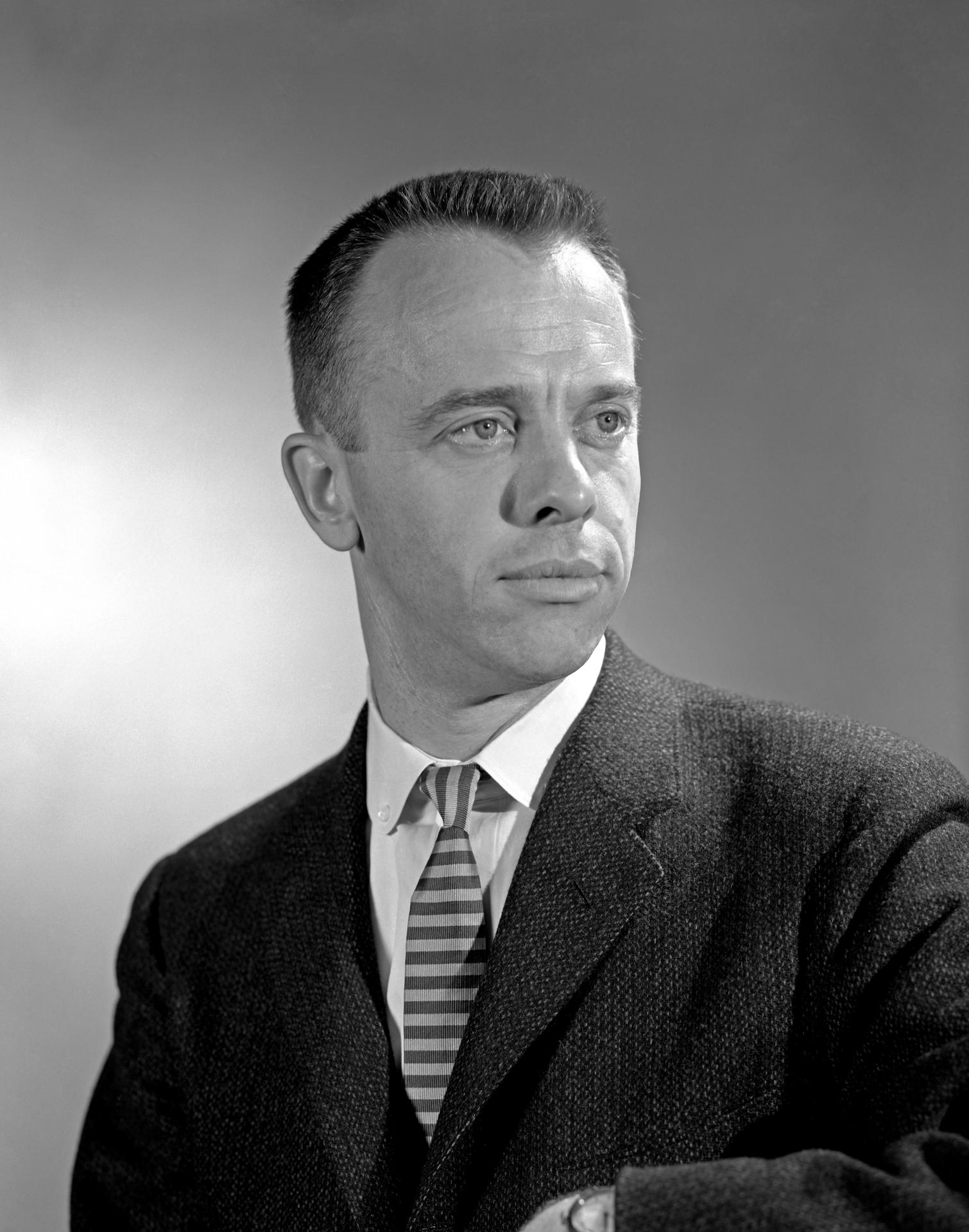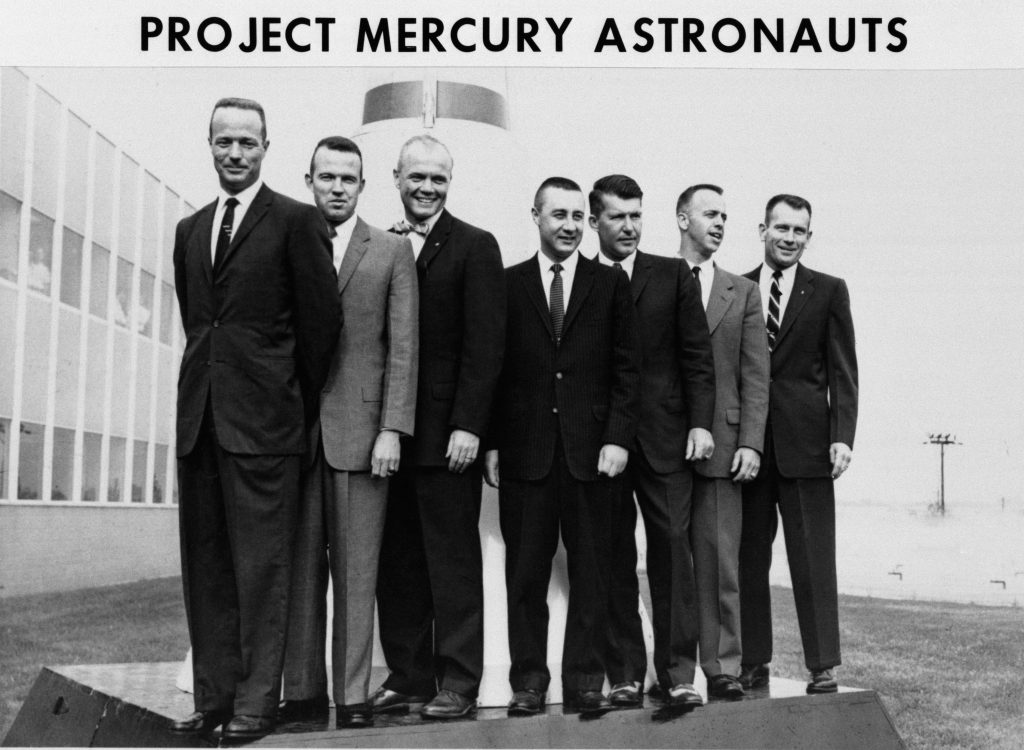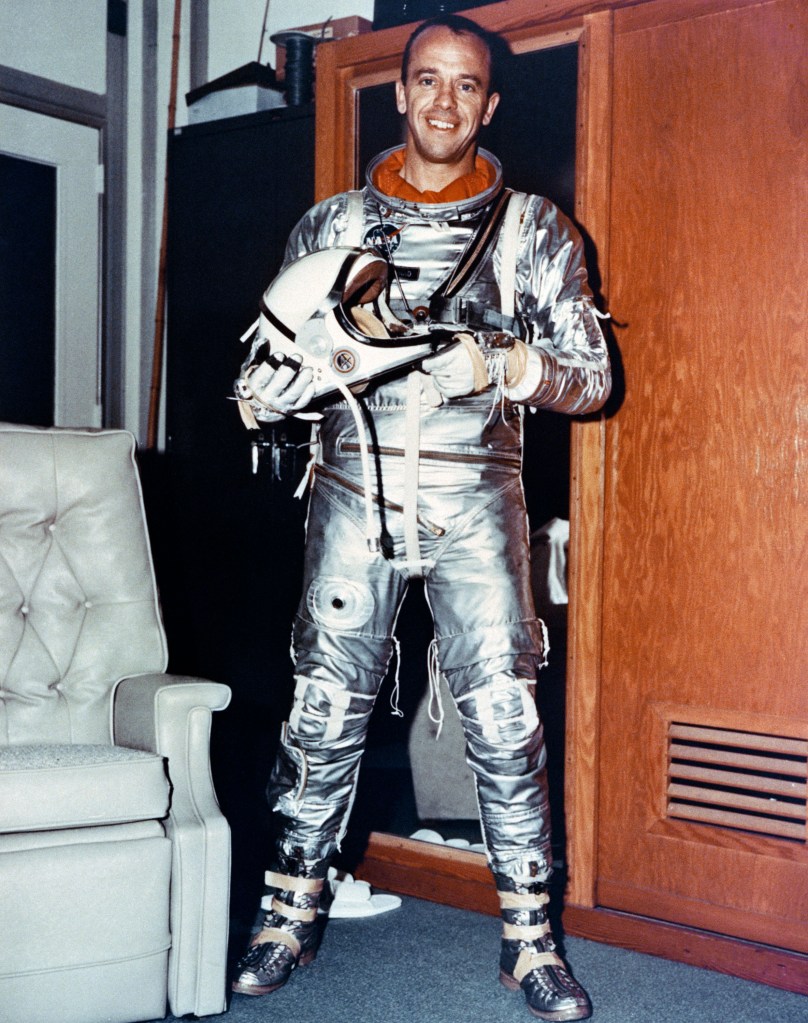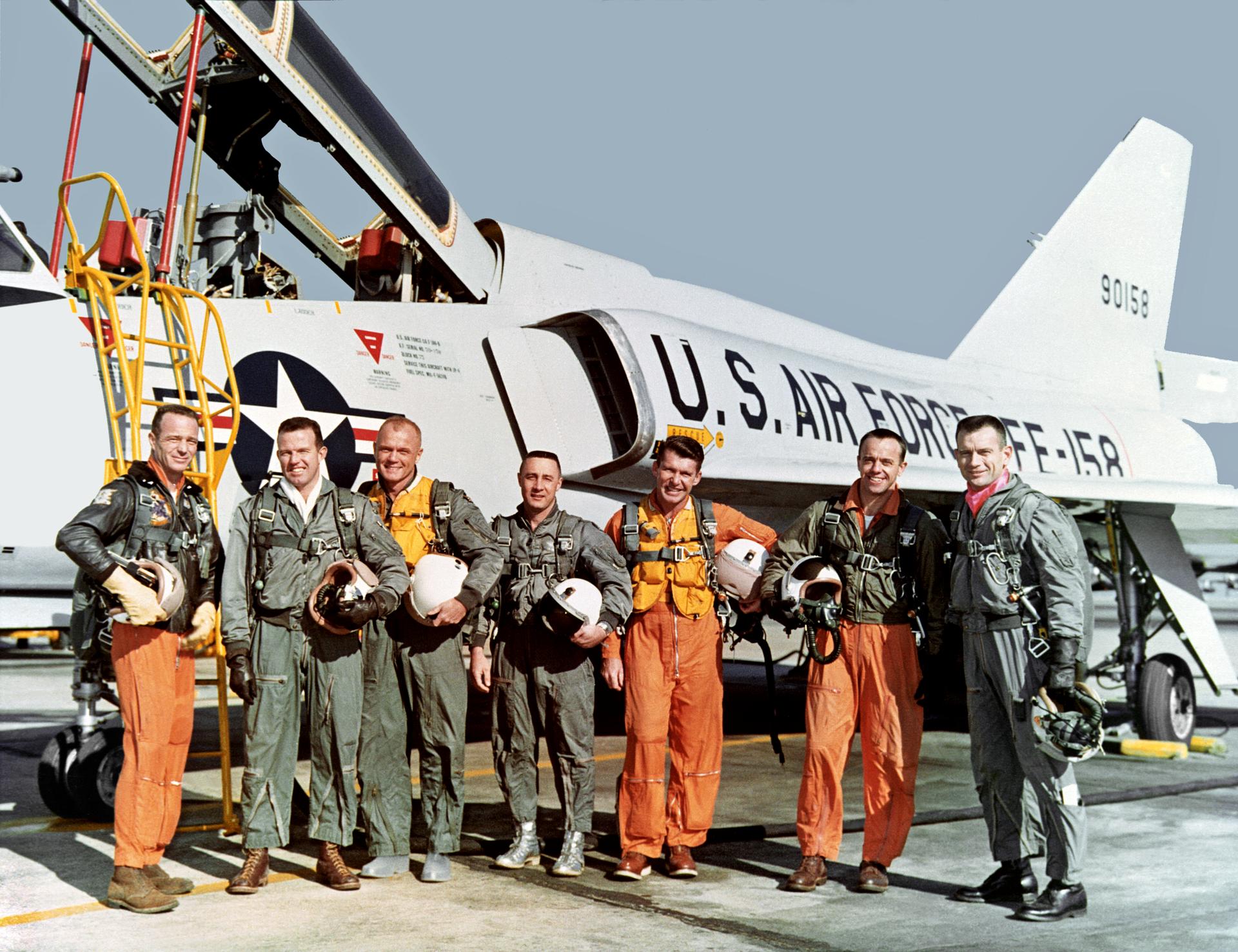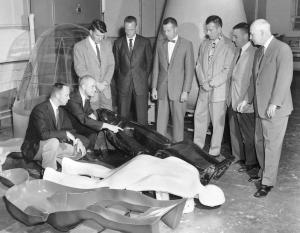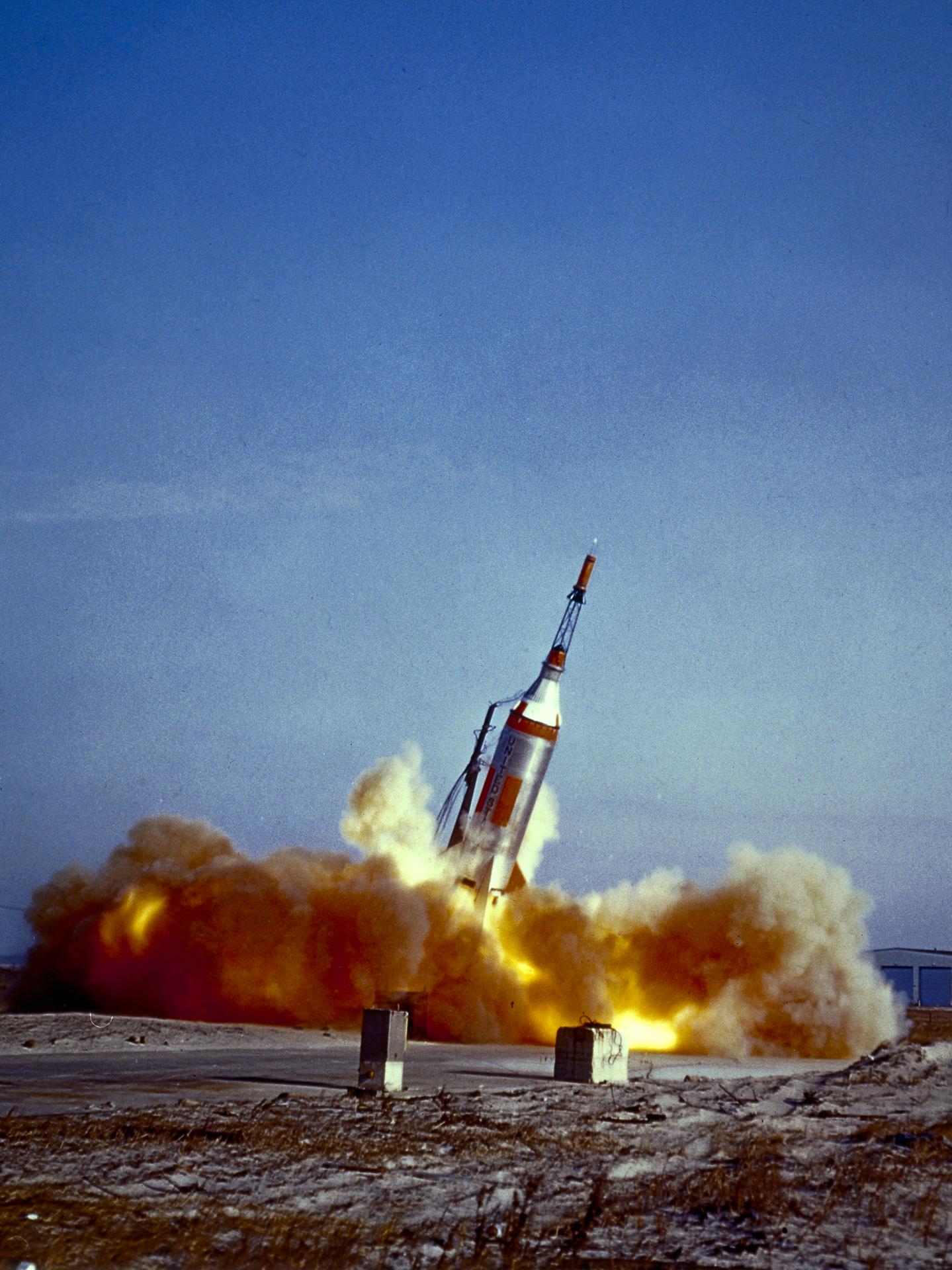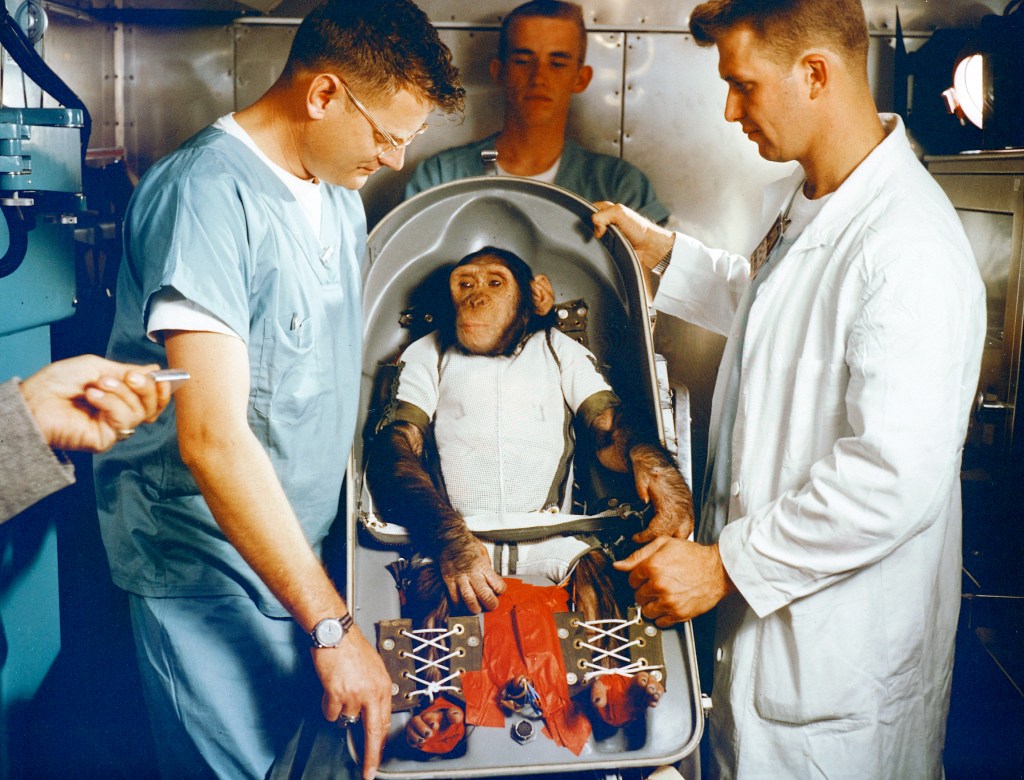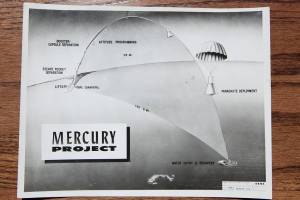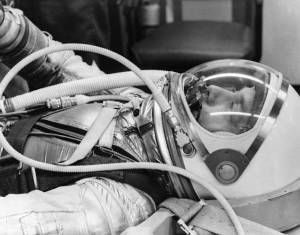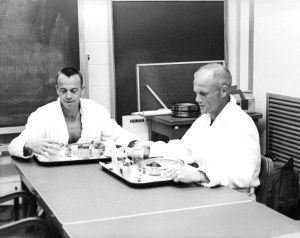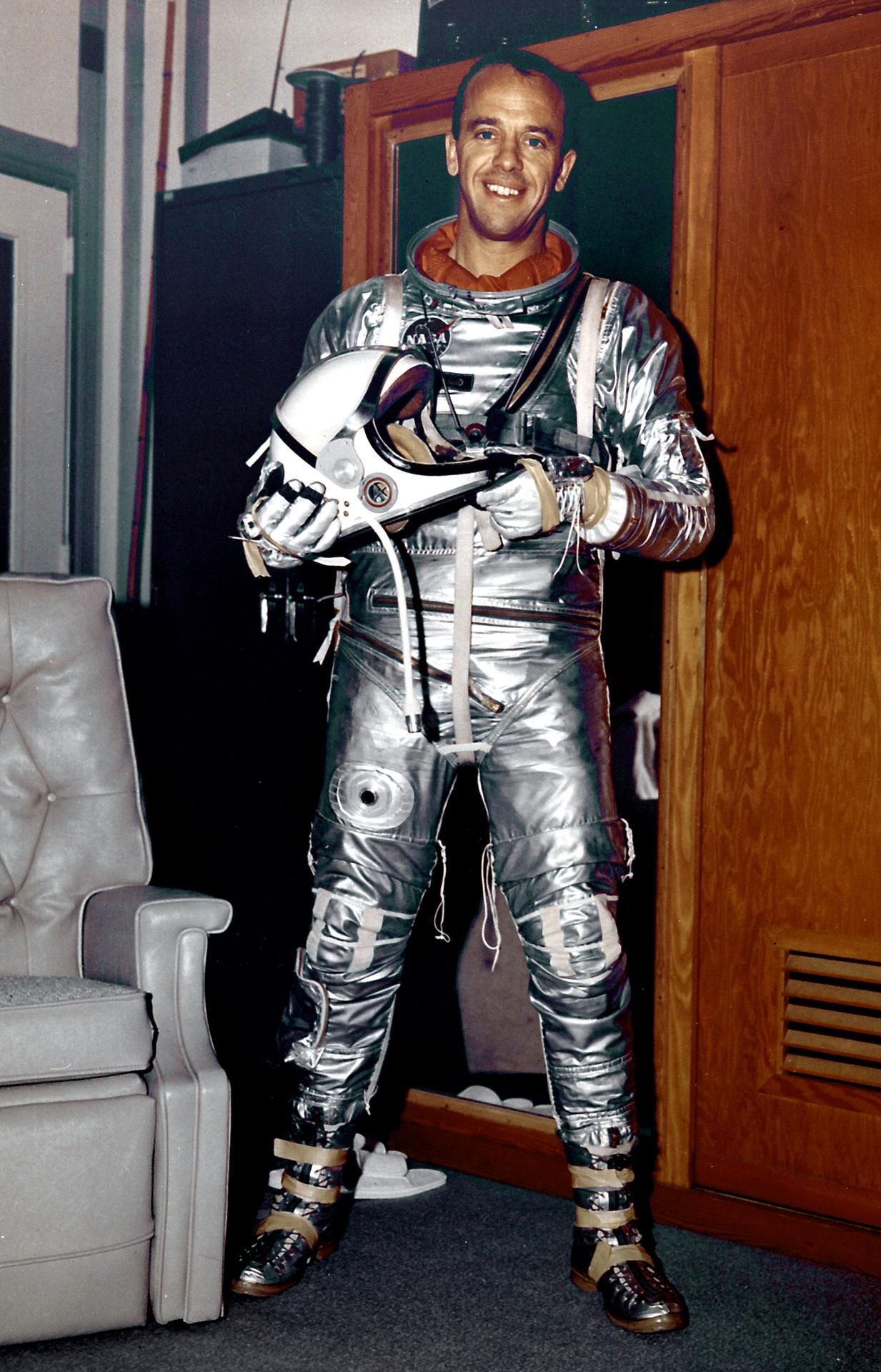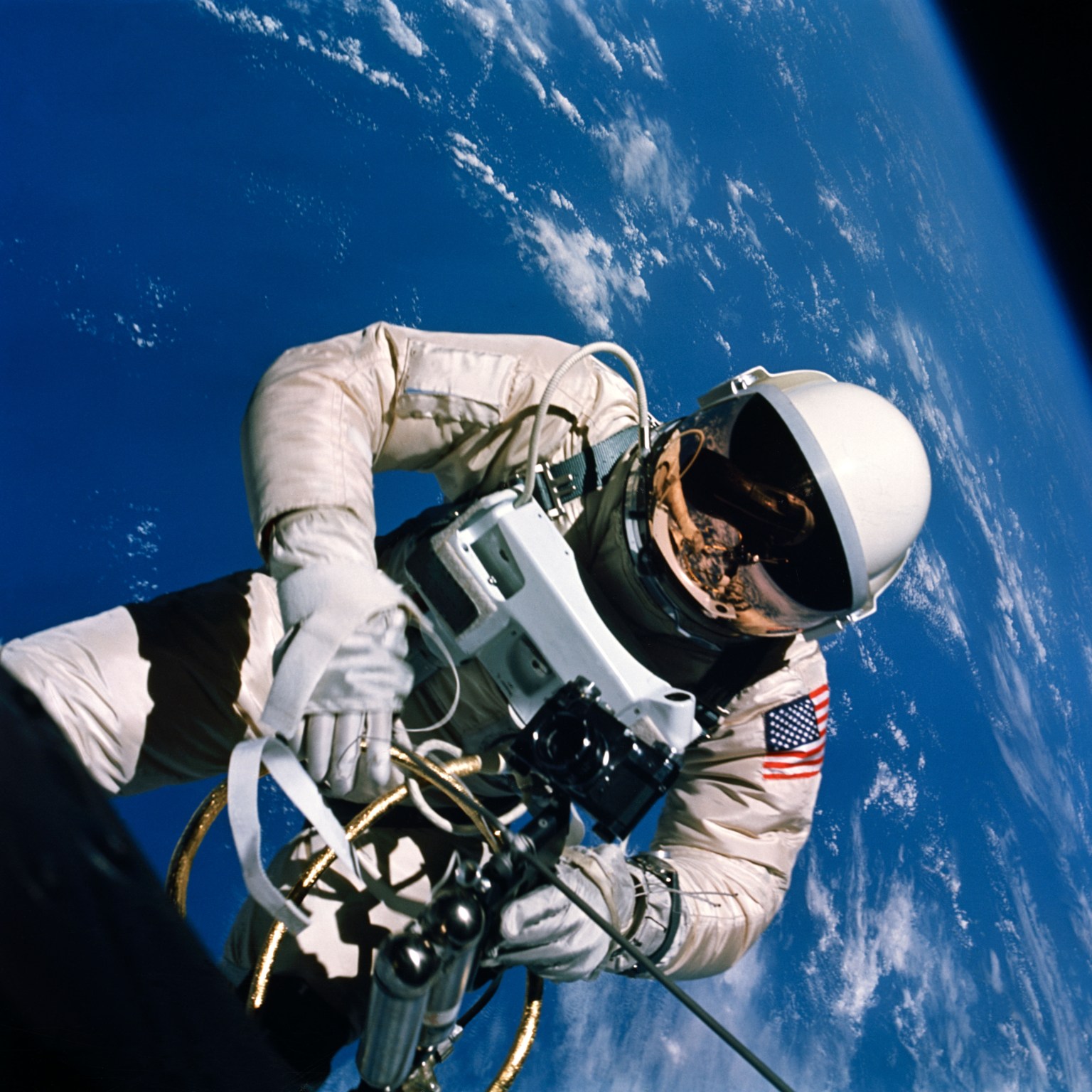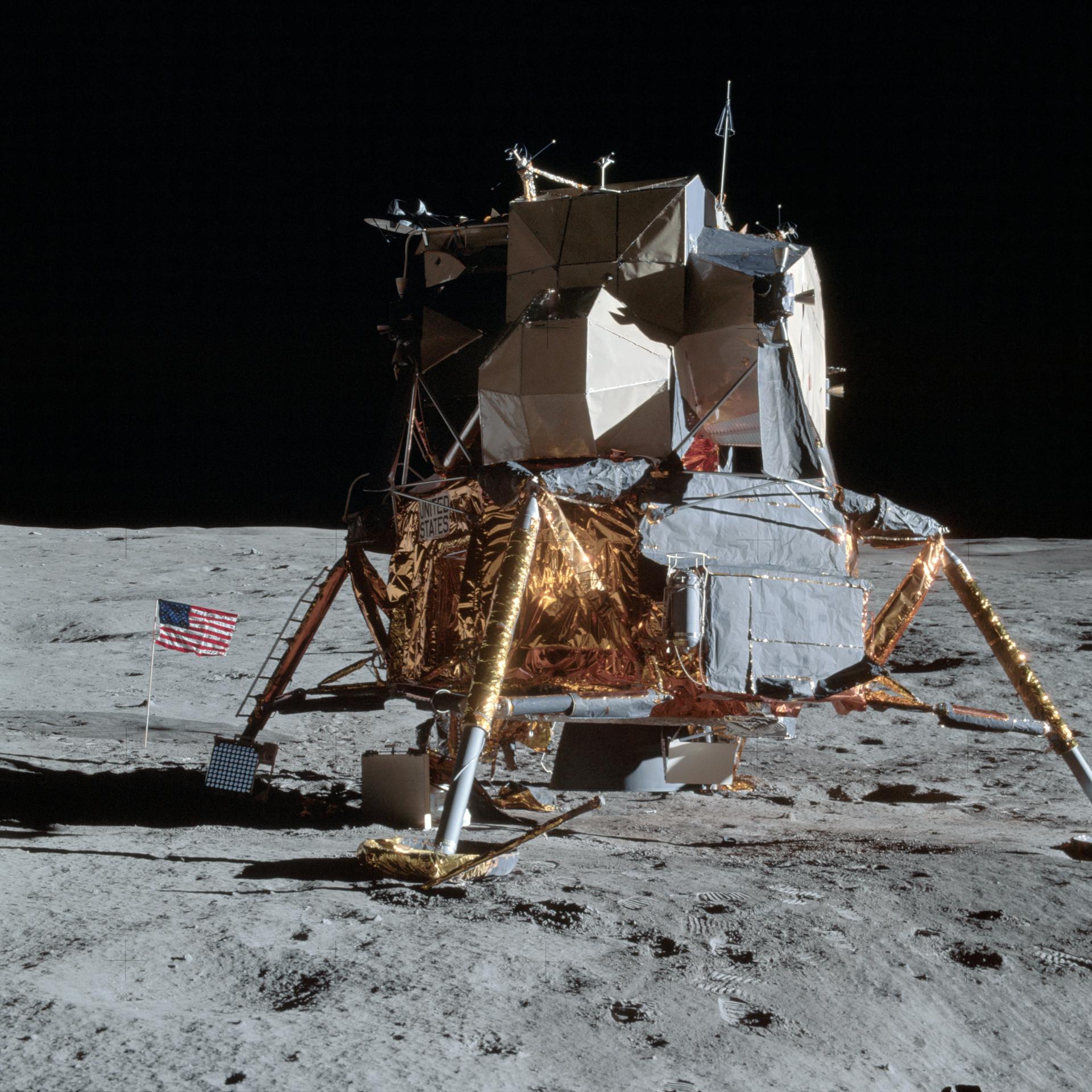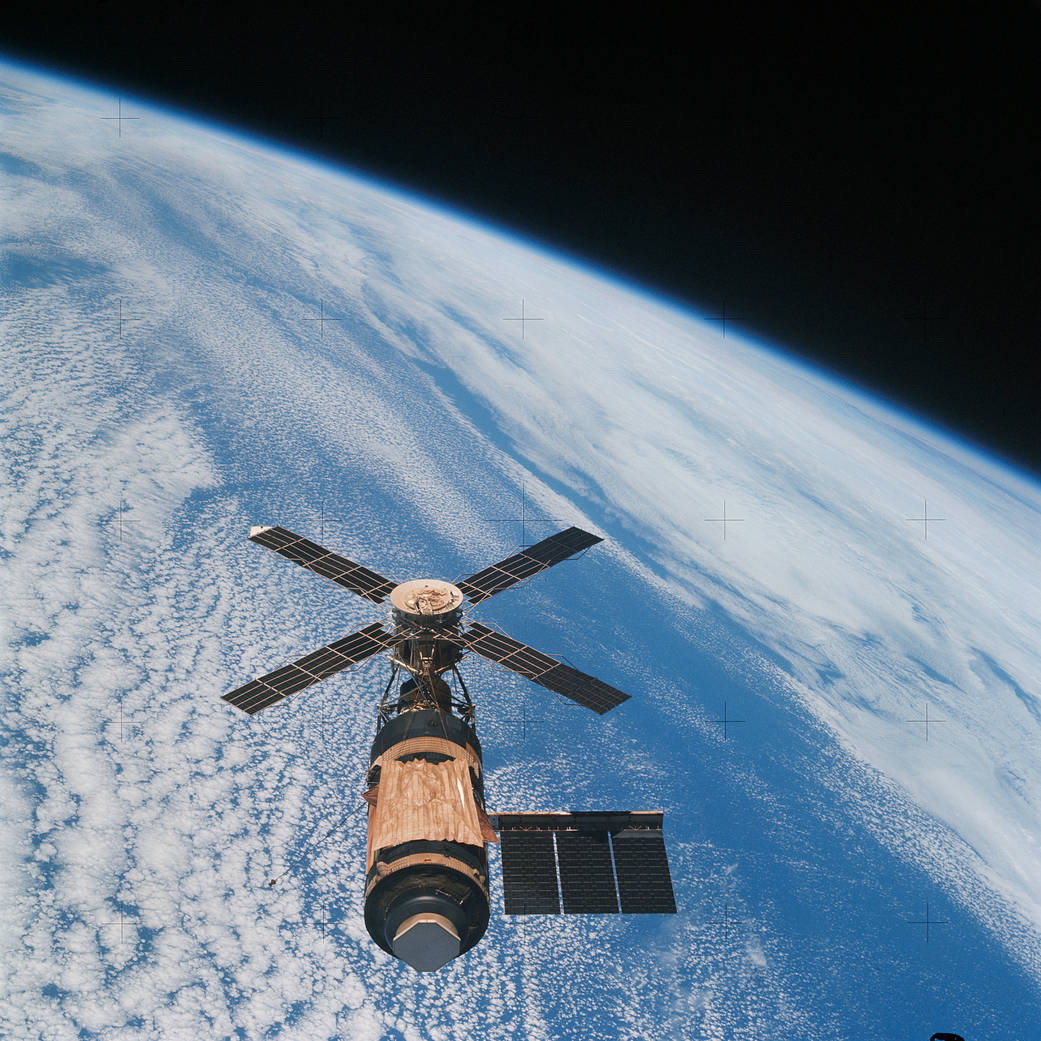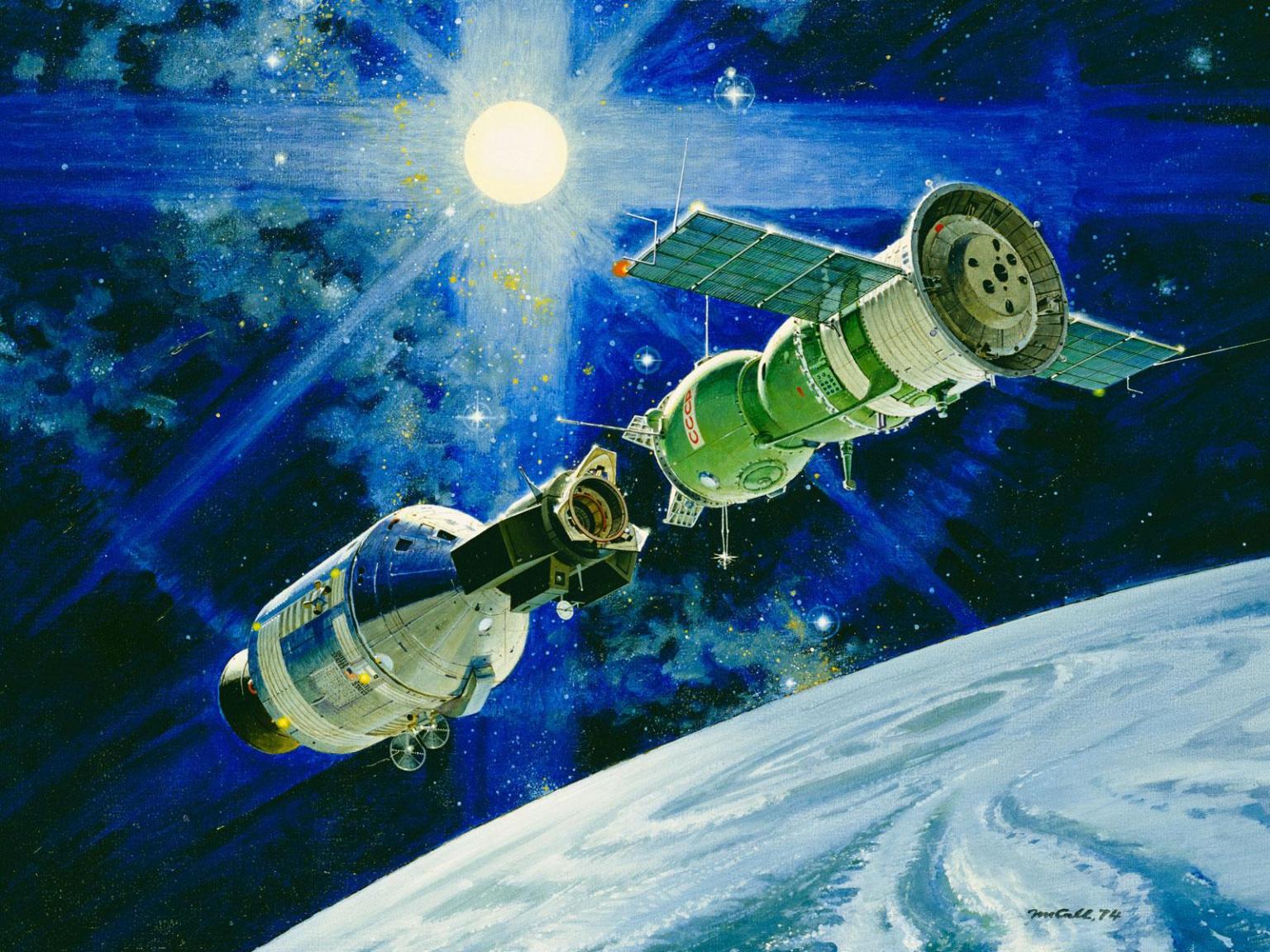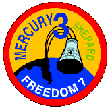
Mercury-Redstone 3: Freedom 7
The first U.S. human spaceflight on May 5, 1961, Mercury Redstone 3 was piloted by astronaut Alan Shepard. The main scientific objective of project Mercury was to determine man's capabilities in a space environment and the ability to return a human safely back to Earth.
Mission Type
Crew
Launch
Landing
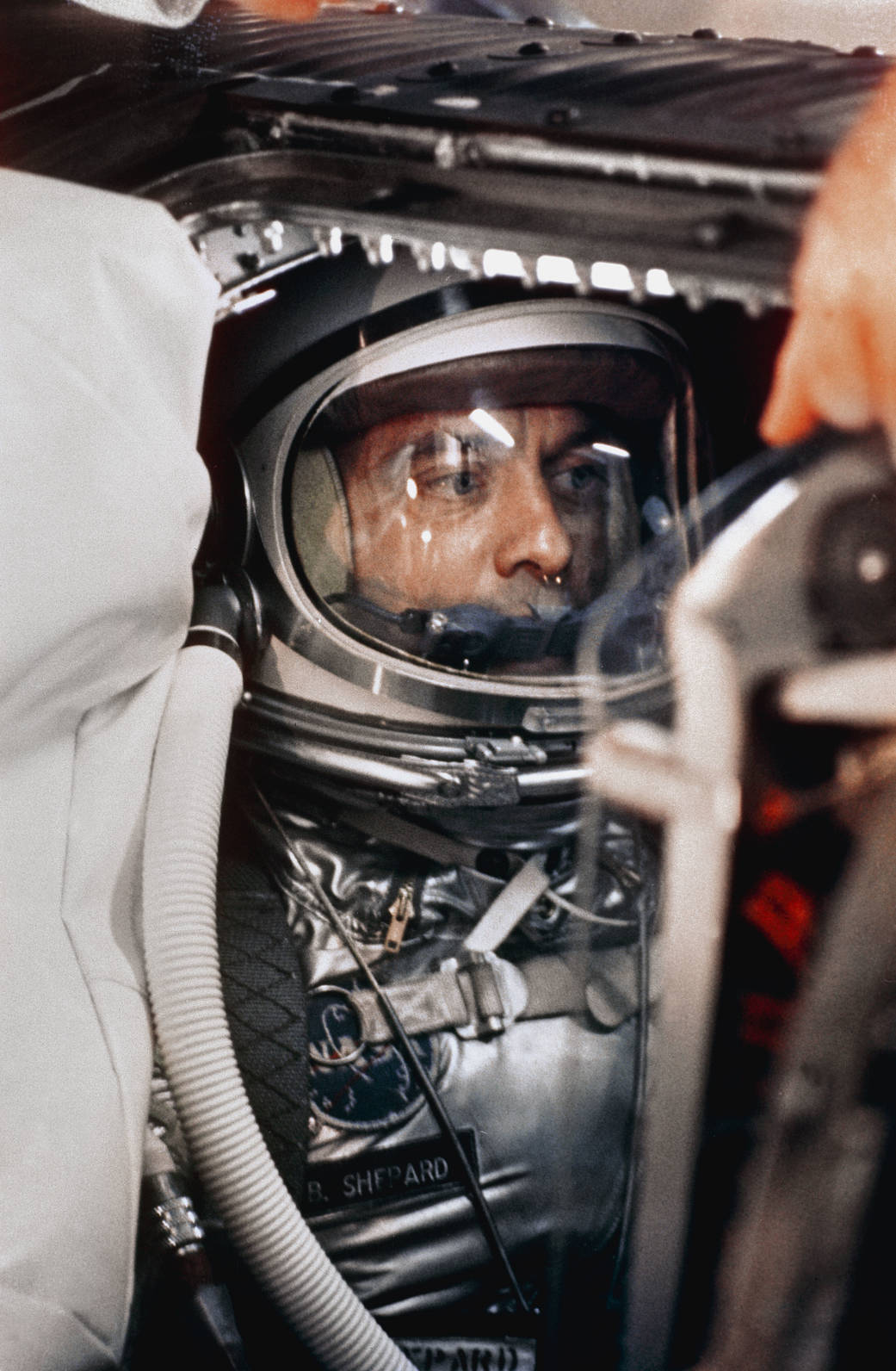
Mission Facts
Mission: Freedom 7
Launch Pad: LC-5
Vehicle: Redstone (5)
Crew: Alan B. Shepard, Jr.
Payload: Spacecraft No. 7, Launch Vehicle MR-7
Milestones
April 18, 1961: First launch simulation at the pad
May 5, 1961: Launch
Alan B. Shepard, Jr.
Read more about America's first astronaut to travel to space and the first person to golf on the Moon.
More About Alan Shepard Jr.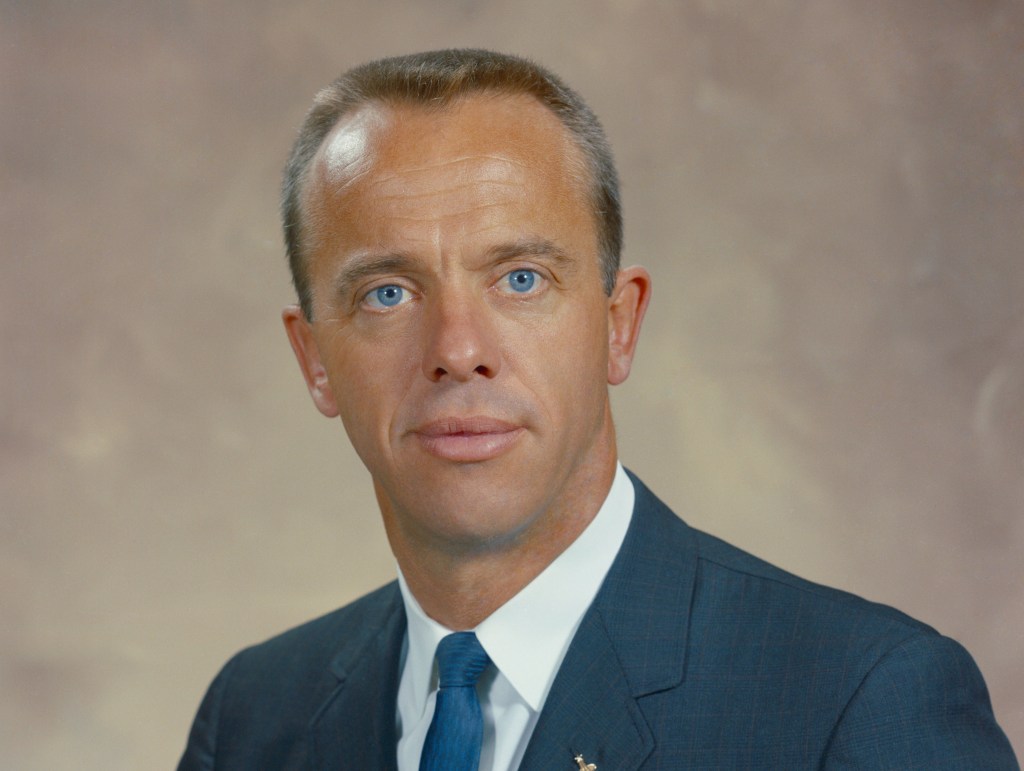
Mission Objective
The main scientific objective of Project Mercury was to determine man’s capabilities in a space environment and in those environments to which he will be subject upon going into and returning from space. A few of the basic flight problems included: The development of an automatic escape system, vehicle control during insertion, behavior of space systems, evaluation of pilots capabilities in space, in flight monitoring, retrofire and reentry maneuvers and landing and recovery.
Orbit
Altitude: 116.5 statute miles
Orbits: 0
Duration: 0 Days, 0 hours, 15 minutes, 28 seconds
Distance: 303 statute miles
Velocity: 5,134 miles per hour
Max Q: 580 psf
Max G: 11
Launch
May 5, 1961 9:34am EST – The formal countdown for the preparation for launching MR-3 started on the day previous to launch day. The countdown was actually split into two parts because previous experience had shown that it was preferable to run the countdown in two shorter segments and allow the launch crew of both the spacecraft and the launch vehicle to obtain some rest before starting the final preparation. The countdown started at 8:30am EST on May 4, 1961. All operations proceeded normally and were completed ahead of schedule. A build-in hold of approximately 15 hours was called at T-6 hours 30 minutes. During this time the various pyrotechnics were installed in the spacecraft and the hydrogen peroxide system was serviced.
The countdown was resumed at T-6 hours 30 minutes at 11:30pm EST on May 4, 1961. A built-in hold of 1 hour had been previously agreed upon at T-2 hours 20 minutes. This hold was to assure that spacecraft preparations had been completed before the astronaut was transported to the pad. The countdown proceeded with only minor delays until T-2 hours 20 minutes. At this time, final preparation of the spacecraft was conducted and the astronaut was apprised of the continuance of the countdown and transported to the Pad. The countdown was continued after the hold at T-2 hours 20 minutes and, except for some minor holds, the countdown continued until T-15 minutes. At this time it was determined that photographic coverage of the launch and flight could not be obtained because of low clouds near the launch area. Weather forecasters predicted that visibility would improve rapidly within 20 to 45 min. During this time, one of the 400hz power inverters to the launch vehicle had regulation problems. The count was recycled to the T-35 minute and holding mark and the count picked up 86 minutes later after the replacement of the inverter.
Again at T-15 minutes it was necessary to hold the count again to make a final check of the real-time trajectory computer. The countdown then picked up and proceeded until liftoff at 9:34 am EST on May 5, 1961.
Landing
Date: May 5, 1961
Location: 75 degrees 53 minutes longitude, 27 degrees 13.7 minutes latitude in the Atlantic Ocean
Mission Highlights
Mission was successful.
Shepard’s Mercury Flight Was First Step on the Long Journey to Mars
Amid a backdrop for the effort to put a human in space was the Cold War. The Soviet Union also…
Read the Story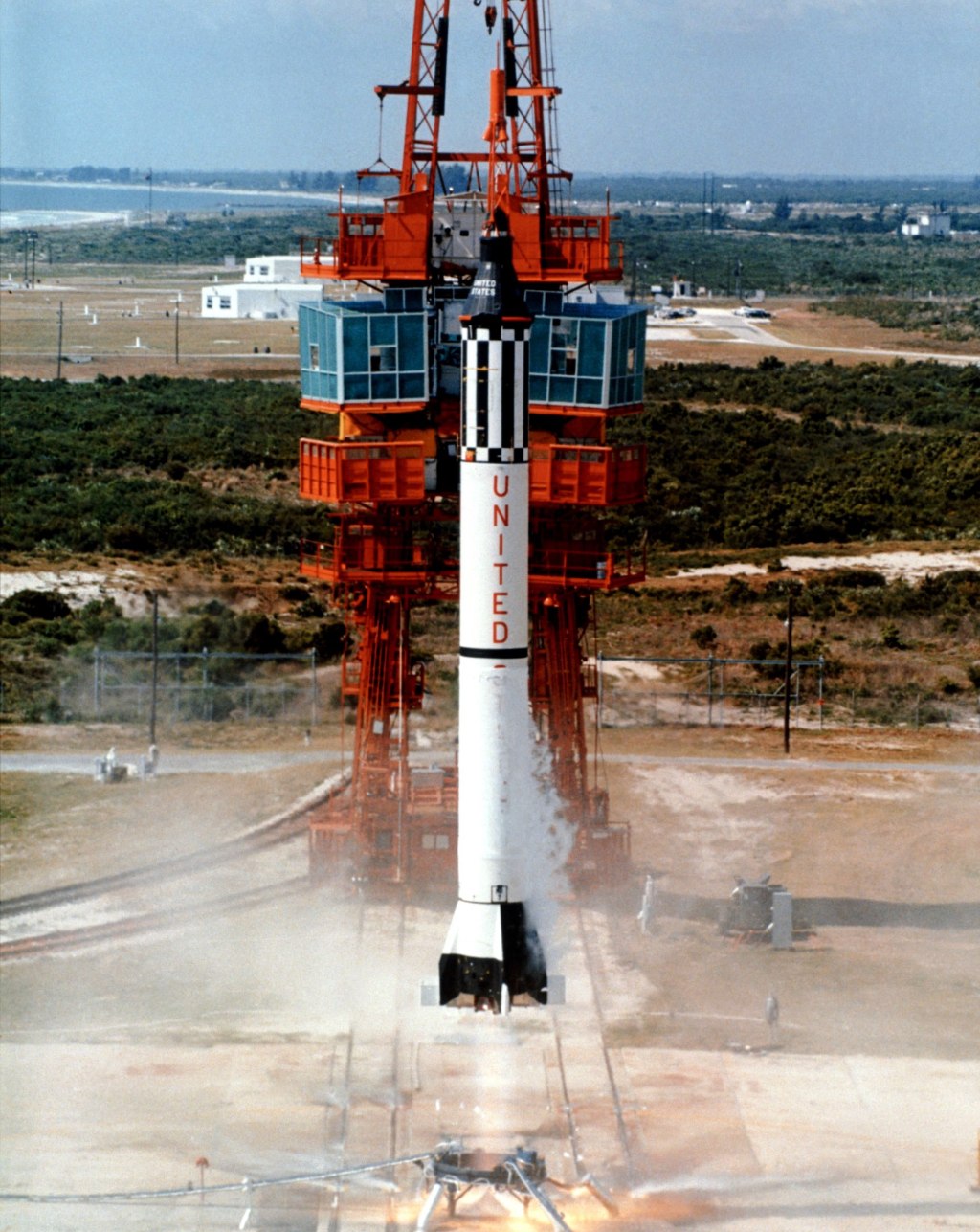
Project Mercury News
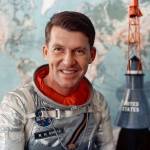
60 Years Ago: Astronaut Schirra Orbits the Earth Six Times Aboard Sigma…
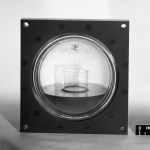
First Microgravity Experiment Flown on Project Mercury
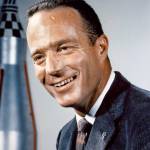
60 Years Ago: Scott Carpenter Orbits the Earth aboard Aurora 7
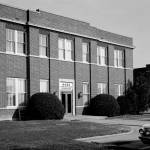
60 Years Ago: John Glenn, the First American to Orbit the Earth…








